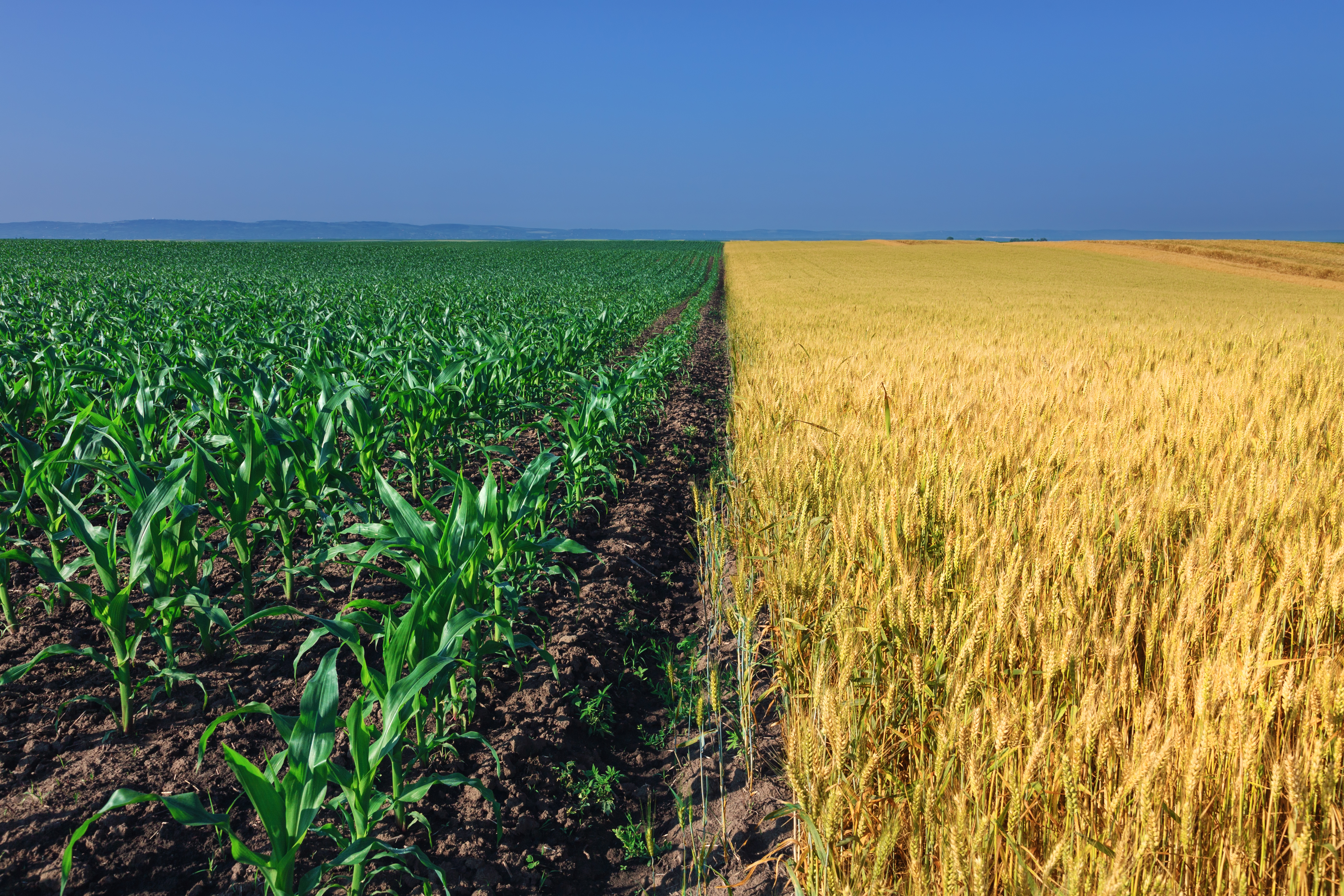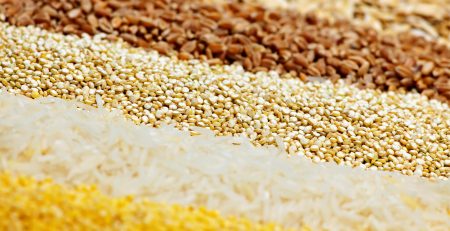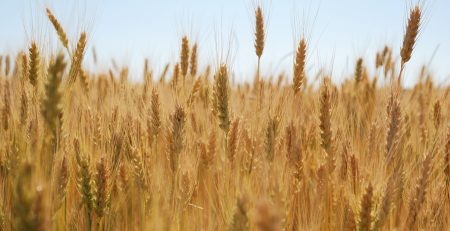Wheat Technology Races to Catch Soybeans and Corn
While corn and soybean yields reach new heights, wheat continues to fall behind the curve with fewer investments and no biotechnology. For wheat to be more competitive in the market, breeders might need to make a few changes.
“Hybrid wheat development is the next step,” says Carl Griffey, Virginia Tech professor of crop genetics and breeding. By combining two inbreds breeders can meld desirable traits of each parent to create stronger offspring.
Griffey says there are additional reasons to consider hybrid wheat:
Hybrids tend to have better performance stability.
Less variability year to year and with weather.
When you cross two inbreds it combines alleles from both parents advantage in resistance to disease, drought, stresses (abiotic and biotic).
Corn has long used a hybridization system, which has helped advance yields several fold in the past several decades. As breeders search for ways to improve wheat yields this could be one way to make the crop more favorable for producers.
However it’s a long road to perfection and breeders will need to overcome certain challenges associated with hybridization. Namely finding a way to stabilize the hybridization system, improve cross pollination, optimize breeding programs, create heterotic gene pools, find more information on alleles and find ways to reduce yield drag from wild phenotypes, Griffey adds.
For wheat growers, unfavorable commodity prices means they need to find yield advantages soon to justify planting the crop. The future of wheat technology could be bright if hybridization is realized.
This article was first published on https://www.qtwebhostdemo.com.











